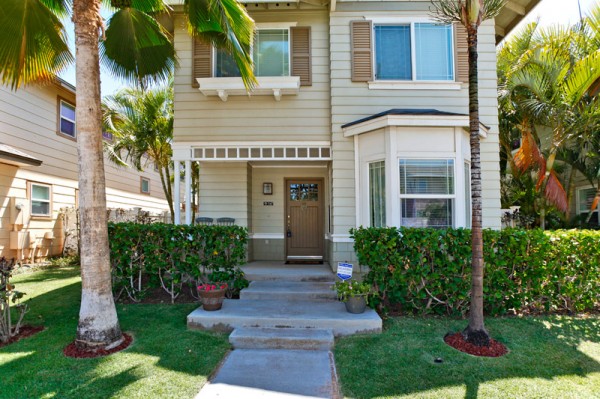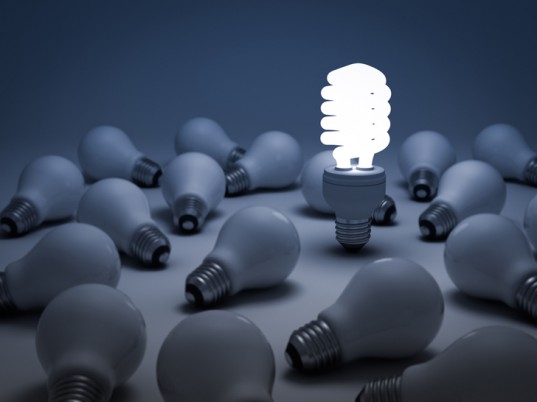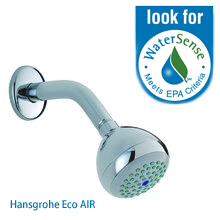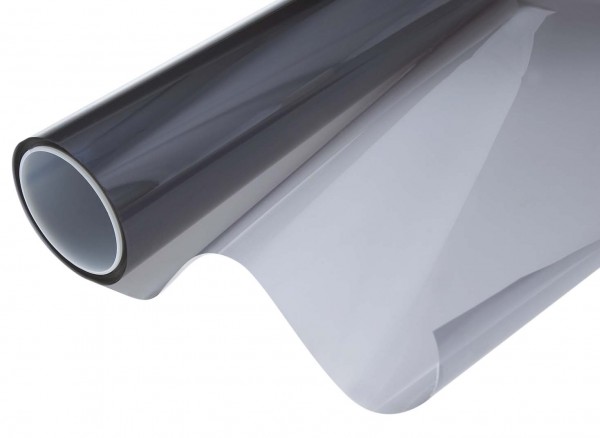Congratulations! You bought the home of your dreams, and although you’re overjoyed and bursting with pride, this is something that is more than likely to have set your savings back. With electricity prices always on the rise, you may be looking for ways to enjoy your place while cutting down on your water and energy bills. Here are some budget conscious ways to keep utility bills down while doing something good for the planet at the same time!

Where do you start to make your Hawaii home energy efficient?
1. Use CFL Bulbs
Compact fluorescent lamps, or CFL’s, are the lowest-hanging fruit on the home energy efficiency tree. Chances are you have some in your home – but if not, change your highest-use bulbs from incandescent to CFL’s for significant savings on electricity bills and the added benefit of less wasted heat, so you might also save on using your air conditioning or fan. CFL’s use 75% less energy and last 5-10 times as long as regular bulbs. Several Hawaii retailers participate in the Hawaii Energy Three CFL challenge and offer additional instant rebates on bulbs.

Make sure you pick the right bulb
Some added tips for optimizing your CFL use:
- A handy rule of thumb for selecting a CFL bulb of appropriate wattage to replace your incandescent bulb is to choose a CFL bulb that is about 1/4 of the wattage of your incandescent bulb. So a 13w CFL would be roughly equivalent to a 60-watt regular incandescent.
- If using outdoors, look for a CFL rated for outdoor use. Avoid placing bare spiral CFLs in open outdoor fixtures. For outside flood lighting use outdoor reflector CFL’s.
- Specialty CFL’s are available for globe vanities and dimmable fixtures; check Lowe’s or Home Depot for the best selection.
- Don’t use CFL’s in your refrigerator – the cold will shorten its life. The same goes for if you have a lamp integrated in a garage door opener that experiences a lot of vibration.
2. Make Sure You Have Surge Protecting Power Strips
You may have heard of phantom loads or vampire loads – scary-sounding – these are sneaky energy suckers that quietly use power and over time add to your bill without added functionality. LCD displays on your electronics are the biggest culprit.
The US Department of Energy estimates that standby power can consume as much as 10 percent of your home’s electricity use. Electronics like TVs, DVD players, and computers provide the best opportunity to save using power strips. For $9-$20 you can protect your electronics and ward off energy vampires!
3. Replace Your Water-Wasting Shower Head
We all like hot showers that give good water pressure and coverage. While you may associate water-saving shower heads with pathetic trickles rather than the relaxing cascade of steaming goodness you deserve after a long day, today’s water-saving fixtures offer improved technology – the best of both worlds.

An example of a Water Sense eco-faucet, please look for the Water Sense logo
Replacing an old shower head with a EPA WaterSense labeled one can save more than 2,000 gallons of water per day, and shave dollars off your energy bill too. How? Less hot water to heat. A quick and dirty experiment to see if your shower head is a good candidate for replacement is to get a regular one-gallon bucket and turn your shower on full blast. If the bucket gets filled in less than 20 seconds, it could be a water hog. Tools and skills needed to do a change-out are minimal, so invest $20-$40 this weekend and start saving water!
4. Ensure Proper Water Heater Temperature and Insulation
Many water heaters are on 24 hours a day, so first check to see what the thermostat is set at. A setting of 120 degrees should be sufficient to provide lots of hot water to a household while saving money on energy.
Just like your toes need socks in winter (even in Hawai’i!) your water heater might benefit from an additional layer so that heat doesn’t escape. Buying an easy-to-install water heater insulator blanket from a home improvement store is relatively cheap ($20-$30) and will reduce electricity demand throughout the year.
- Added tip: Water heaters can last 10-15 years, but if yours is 8 years old or more, it may not be as efficient as it could be. Consider an Energy Star rated water heater for maximum savings; if you have the opportunity and control of your roof space, solar hot water systems can be an excellent long-term investment in energy savings and sustainability.
5. Consider Using Window Film
The sun can beat down year-round in Hawaii, heating up our homes, driving up electric bills for cooling equipment and fading interior furnishings with UV rays. Window and glass films are a simple way to let in an appropriate amount of light while blocking heat and UV.
Window films offer the benefits of cutting 60-99% of UV rays and up to 80% of heat from sunlight, and also provide security (some have darkening or frosted effects) and can protect against shattering in the event of a extreme weather.

Window films like these can easily be found at places like Apex Window Films in California, where you can do it yourself or hire someone!
Window films are best used on larger surface area glass on the south and western exposures of your home. Each 36” by 15′ roll costs $20-$50 depending on the features and amount of blocking. (This past spring I installed window film on the sliding door of my condo and can really tell the difference when I come home in the afternoon!)
I hope you enjoy these energy saving eco tips for your home! And please feel free to update us and let us know if you tried one (or all) of them and noticed a change in your utility costs.


dustinm3
March 27, 2013
Window film is not only good for cutting down heat in a house (and saving on AC costs), but certain films are also hurricane-resistant. I highly recommend 3M window film. Pretty expensive, but the best on the market bar none. I invested in 3M window film, and am glad our house is protected should a hurricane hit the isles– and the cooler interior helps too!
dustinm3
March 27, 2013
Window film is not only good for cutting down heat in a house (and saving on AC costs), but certain films are also hurricane-resistant. I highly recommend 3M window film. Pretty expensive, but the best on the market bar none. I invested in 3M window film, and am glad our house is protected should a hurricane hit the isles– and the cooler interior helps too!